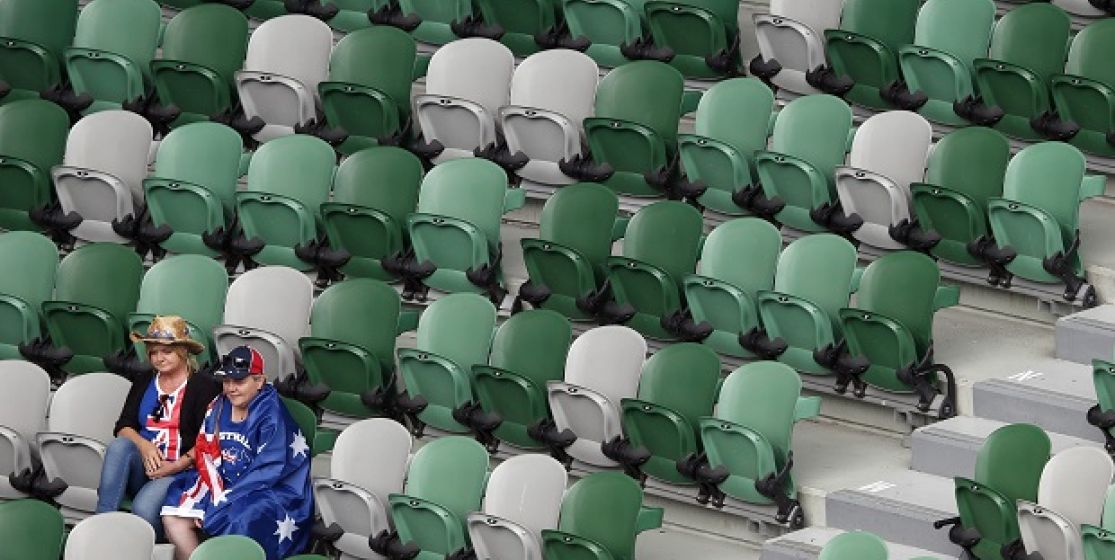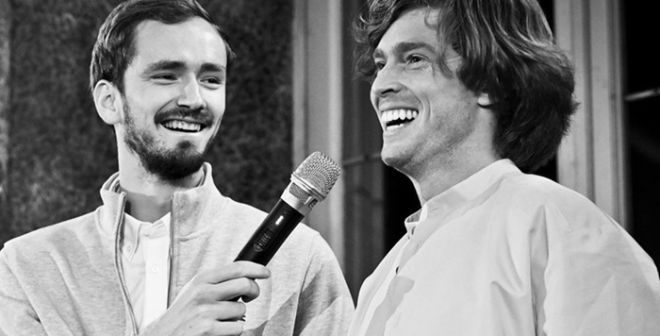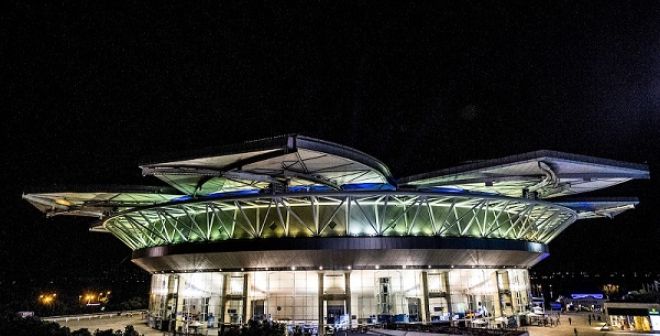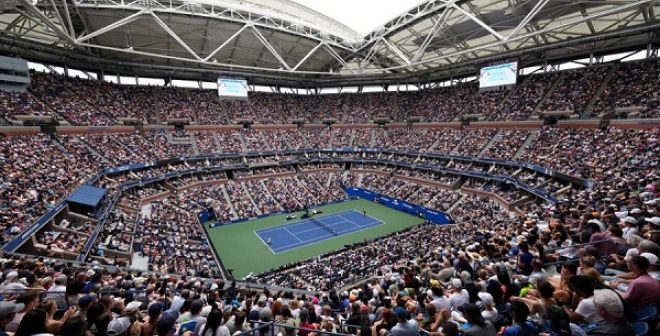Since Monday, and for the next fortnight, the best players in the world will compete at the Australian Open, the first Grand Slam of the year. But it wasn’t always the case. Born in 1905 and originally played on grass, the tournament has long been snubbed by the champions because of its stifling temperatures and the long and expensive journey. We decided to look back on those tough years, between feminism and boat trips.
"I wasn't expecting it at all, but it's amazing!" In the locker room, Mats Wilander has an humble but mischievous look. Not only the Swede has won the 1983 Australian Open, but this feat also allowed him to put on a back shelf the double title holder, Johan Kriek. Who? Johan Kriek, a South African player with a pure attacking style who, in the early eighties, took advantage of the boycott of the best to win twice in Australia, during a tournament played at the end of the year on grass. In 1980, a modest player, Brian Teacher, even won the trophy while his wife was filling for divorce on the other side of the world. His luck? None of his opponents was good enough to beat a known depressive, drunk throughout the competition. Eric Deblicker, former captain of France Davis Cup by BNP Paribas Team, summarizes: "For years, it was the least prestigious Grand Slam. It was held in December, when the players had just finished their season, he said on French radio. Many players needed rest. The date wasn't good to go play a tournament halfway around the world". Even Mats Wilander, new titleholder, originally came there to train and prepare for his Davis Cup by BNP Paribas final scheduled a few days later, in Australia. A preparation successful beyond his expectations, by beating stars like Ivan Lendl and John McEnroe, for whom it was the first participation, the American staged his success and drew worldwide attention. On the courts, "he allowed the Australian Open to finally earn his Grand Slam title" says Eric Deblicker. Finally.
45 days of sea travel
Indeed, during most of the twentieth century, foreign players were snubbing the Australian Open because of its extreme remoteness. A very expensive trip to which was added, in the 20s, about 45 days of sea travel from the Mediterranean Sea to Australia. At that time, the tournament was merely a local competition for amateurs. So if today, and since 1972, the Australian Open is held in Melbourne, the Australian Tennis Federation has long been a weathervane. Its idea? To organize the competition in a different city every year, starting by Sydney, Adelaide, Brisbane, Perth and even New Zealand. Result: even within the country, when the tournament was taking place in Perth for example, the players from Sydney or Melbourne didn't appreciate the 2000miles train trip. For foreigners, consisting of Europeans and Americans, there also was the climate problem. "Today, the regulation states that matches stop if the temperature exceeds 35 °C. This is brand new! In the past, international tennis stars didn't want to come and play under the scorching sun while at home it was winter. Even for me, yet the local one of the stage, it was already very difficult," remembers Rod Laver, winner of a 1969 edition played under a dodger. Particularly his semi-finals against his compatriot Tony Roche. Fortunately for him, a linesman, overwhelmed by the heat, validated him a foul at the very end of the match. The kind of bonus that can change a match dramatically: "The referee seemed jealous when I was putting my towels in a bowl filled with ice, and when I was putting them on my head during each change of side." A sad twist of fate: fifteen minutes later, Roche bowed, couldn't find the strength to complain and decided to go drown his despair at the stadium’s bar. Before Rod Laver went further: "With this heat, no one can blame a linesman for making a mistake."
« Such a mess »
From 1968, date of the advent of the Open era, the tournament became open to all players and especially professionals, who were banned before. A significant change, to which must be added the recognition of women's tennis by the organizers. Women started to enrol, and a champion emerged: the Australian Margaret Smith Court, victorious there eleven times (including seven consecutive, ed) between 1960 and 1973. "Margaret represents the liberation of women par excellence, even if she doesn't seem to realize it, said her friend Billie Jean King. She was earning the bread and her husband was taking care of the kids." In parallel, the country benefited from the development of air traffic, thus facilitating access to the Pacific continent. Many tournaments started to spring up everywhere, like in Sydney, Brisbane or Melbourne, attracting more and more players. But a sad fact remained: the headliners were still not making the trip. The reason? George MacCall, promoter of the National Tennis League, which counted amongst its protégé Rod Laver, Pancho Gonzales and Roy Emerson, for example, wasn’t allowing his players to play the Australian Open. "The proposed guarantees are clearly insufficient," he said. Translate: the prize money was, according to him, too weak, and the dates were too unstable. Indeed, in the past, the competition has been held in March, in 1920 but also mid-December, in 1982, and even in two stages during the 1977 edition, with a few days break for New Year's Eve. "Me and my players couldn’t endorse such a mess," said George MacCall. It was not until the famous 1983 vintage, with the arrival of Ivan Lendl, John McEnroe and the victorious Mats Wilander, that the Australian tournament could finally see a real change in direction and dimension. "I have long wondered what I was doing there, but I have not regrets to have added a line to my palmares and contributed to the popularization of the tournament, said the American a few years later in a television interview. But between us, isn't it way too far and way too hot to play tennis there?"






